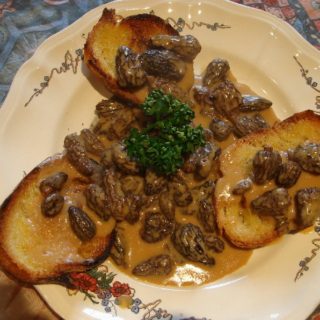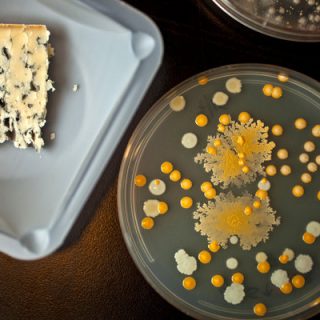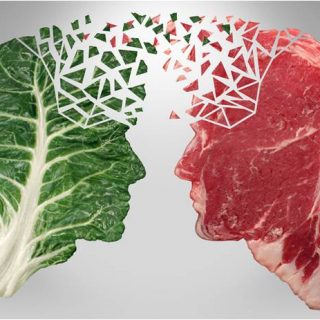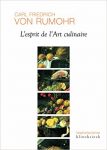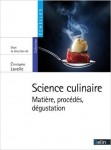Food tradition and heritage (patrimoine in French) is forged through the combination of products and practices which emerge given specific technical, ecological, economic, social and cultural constraints.
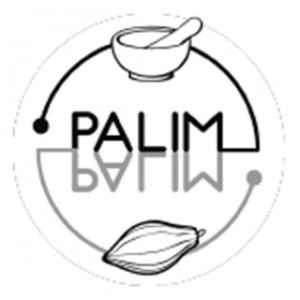
The PALIM project aims to improve our understanding of what is important in the construction of food heritage and tradition and how this draws upon specific combinations of ingredients and techniques to obtain textures, tastes, aromas and an aesthetic that are pleasing to a particular social or cultural group, as much in everyday cooking as in haute cuisine.
Anthropologists from the French Museum of Natural History (MNHN) and sociologists and geographers from Paris Sorbonne University, who study modes of consumption, techniques of food production, cultural expression, networks, representations, and matters of identity, terroir and tradition, are working in combination with physicists, chemists and biologists from the MNHN and the Pierre and Marie Curie University, who study foods, their properties, their production, their impact on the body and human health, and who work in collaboration with chefs.

There are two major themes that are being used as the focus for this collaboration: the study of two fermented products, kefir and cocoa.
The PALIM project is co-led by Christophe Lavelle, a member of the Food 2.0 lab and researcher in the CNRS, French National History Museum, and the Food, Risk and Health section of the Institut des Sciences de la Communication in Paris.
To find out more about the PALIM project, visit: http://www.palim.fr
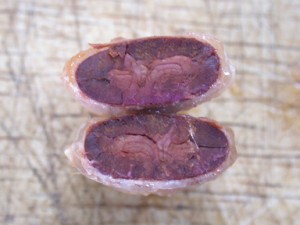
Fermented cocoa bean






